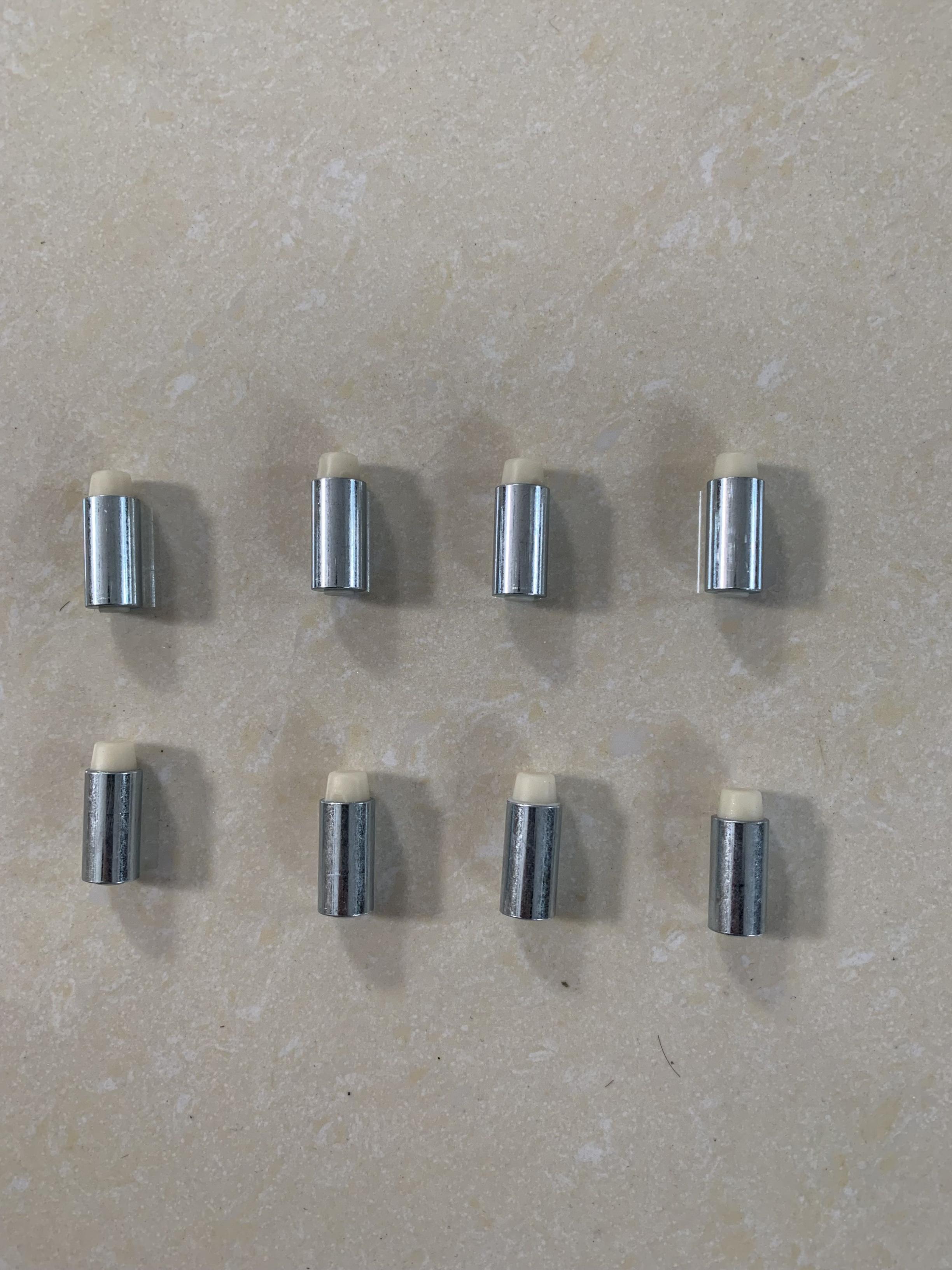Role and Importance of Teat Cups in Milking Machine Systems
The Function and Importance of Teat Cups in Milking Machine Systems
In modern dairy farming, milking machines are key devices for improving milking efficiency and milk quality. Among these, teat cups, as one of the core components of milking machines, play a crucial role. This article will provide a detailed explanation of the functions, maintenance methods, and selection points of teat cups to help farmers better understand and use this important equipment.
1. Functions of Teat Cups
Milk Collection
The primary function of teat cups is to collect milk from the teats and transport it to the milk collection tank. Each teat cup is connected to a pulsator and a vacuum pump via hoses, forming a complete milking system. The rubber liner inside the teat cup fits snugly around the teat, and through changes in vacuum pressure, it simulates the natural sucking process, effectively extracting milk from the teat.
Simulating Natural Sucking
The pulsator creates periodic changes in vacuum pressure, causing the teat cup to alternate between milking and resting phases. This cyclical change mimics the natural sucking process of calves, which helps maintain the health and elasticity of the teats.
- Milking Phase: The vacuum pressure is higher (approximately 40-50 kPa), and milk is drawn from the teat.
- Resting Phase: The vacuum pressure is lower (approximately 0-10 kPa), allowing the teat to rest briefly, which helps prevent teat damage and maintains blood flow to the teat.
Ensuring Hygiene
The design and material selection of teat cups prioritize hygiene. Teat cups are typically made of stainless steel or food-grade plastic, and the internal rubber liners are resistant to corrosion and easy to clean. After each milking session, the teat cups must be thoroughly cleaned and disinfected to prevent bacterial spread and ensure the hygiene and safety of the milk.
2. Maintenance of Teat Cups
Daily Cleaning
Immediately after each milking session, remove the teat cups and clean them thoroughly with warm water and detergent. Pay special attention to cleaning the internal rubber liners to ensure no residue remains. Rinse the teat cups with clean water after cleaning, then disinfect them with a disinfectant.
Regular Inspection
Regularly inspect all parts of the teat cups to ensure there is no damage or wear. Pay particular attention to the rubber liners, and replace them if they show signs of aging or damage. Check the connections between the teat cups and the hoses to ensure there are no leaks.
Periodic Replacement
The rubber liners in teat cups are consumable items and need to be replaced periodically. It is generally recommended to replace them every 3-6 months, depending on usage frequency and wear. When replacing, ensure that the new liners match the specifications of the original liners to avoid issues such as leaks or insufficient suction.
Storage
Store the cleaned and disinfected teat cups in a dry, well-ventilated place, away from direct sunlight and high temperatures to prevent the rubber liners from aging.
3. Key Points for Selecting Teat Cups
Material
Choose teat cups made of high-quality stainless steel or food-grade plastic, as these materials are resistant to corrosion and easy to clean. The internal rubber liners should be made of food-grade materials with good elasticity and durability.
Design
select teat cups with a well-designed and compact structure to ensure that there are no leaks or insufficient suction during use. The connections on the teat cups should be designed for easy disassembly and cleaning.
Brand and Certification
Choose teat cups from reputable brands, which typically offer higher quality assurance and technical support. Ensure that the teat cups have passed relevant quality certifications, such as ISO certification, to guarantee the reliability and safety of the product.
Suitability
select teat cups that are appropriate for the size and shape of the cow's teats. Different breeds of cows may have different teat sizes and shapes, and choosing the right teat cups can improve milking efficiency and teat comfort.
4. Conclusion
As a core component of milking machine systems, teat cups play a vital role in improving milking efficiency, ensuring milk quality, and protecting the health of dairy cows. By maintaining the teat cups correctly and selecting suitable ones, farmers can ensure a smooth milking process and enhance the economic benefits and management level of dairy farming. We hope this article provides valuable reference for farmers, helping them achieve better results in dairy farming.




